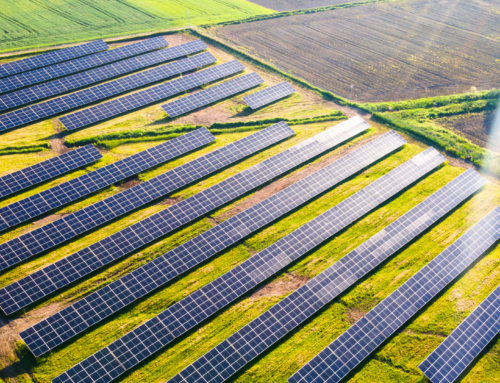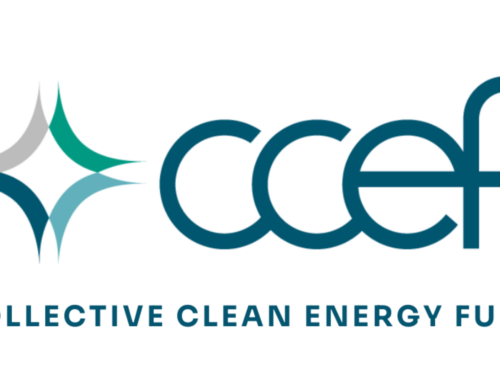What Is a Power Grid?
A power grid, or electric grid, is a complex network of transmission lines, substations, transformers, and other equipment that work together to deliver electrical power from generating stations to homes, businesses, and other electrical consumers. High-voltage transmission lines transport power over long distances, while lower voltage distribution lines deliver electricity to individual customers.
How Do Power Grids Work?
The interactions and processes involved in managing a power grid are highly complex. However, the basic workings of a power grid can be summarized in a few steps:
- Firstly, power is generated at power plants via fossil fuel sources or renewable energy sources such as wind turbines or solar panels.
- The generated power is then converted into high voltage through a step-up transformer to make it more efficient for long-distance transmission. This high-voltage electricity is then sent through transmission lines.
- The power is stepped down to a lower voltage through a substation, which is closer to the customer. From there, it is distributed through a network of distribution lines to individual customers.
One of the key challenges of managing a power grid is balancing the supply and demand of electricity. Grid operators must continuously adjust the amount of electricity being generated and transmitted to ensure a stable supply of power as demands adjust throughout the day.
Additionally, power grids must be resilient against disruptions such as equipment failures or extreme weather events, which can have a significant impact on the functioning of the grid. This ability to adjust to and meet fluctuating energy demands, as well as maintaining resilience against other potential disruptions, is called grid stability.
Here in Colorado, as in most places in the US, grid stability is a growing concern. Our state’s energy infrastructure has been put to the test due to a combination of factors such as severe weather conditions, aging infrastructure, and a growing population. Climate change has intensified the occurrence of extreme weather events like snowstorms and heatwaves, which can knock out power lines and cause widespread blackouts.
At the same time, much of the power grid infrastructure in Colorado is outdated and has not been upgraded to handle the increased demands of a growing population and the shift toward renewable energy sources. However, efforts are underway to address these issues and to modernize the grid and improve its resilience.
Grid Stability and Renewable Power
When it comes to power, renewable energy is a win-win. It helps mitigate climate change by moving away from the burning of fossil fuels, and it addresses the effects of climate change on the power grid. As climate change continues to increase the frequency and intensity of extreme weather events, grid stability is increasingly strained. But studies conducted by the National Renewable Energy Laboratory (NREL) demonstrate that “solar, wind, and hybrid power plants can provide their own source of grid stability—potentially unlike anything currently on the grid.”
As NREL’s work leads the transition of the US power grid to reliable and renewable energy, you can be part of that wave of change by making the switch to renewable energy sources! Homes and businesses across the country are relying on renewable power more and more. Here in Colorado, our net generation of renewable electricity has more than tripled since 2010!
Want to take steps toward a more sustainable future? Here at the Colorado Clean Energy Fund, we support Coloradoans in their efforts to transition to clean energy. We use the tools we have as a green bank to break down the financial barriers that inhibit access to clean energy for communities across the state. Explore our products and programs here to see how we can help you.
Sources:
- https://www.cfr.org/backgrounder/how-does-us-power-grid-work
- https://www.annualreviews.org/doi/10.1146/annurev-control-042820-011148
- https://www.power-technology.com/features/renewables-expansion-energy-network-grid/
- https://www.nrel.gov/news/features/2020/renewables-rescue-stability-as-the-grid-loses-spin.html
- https://www.eia.gov/state/?sid=CO







